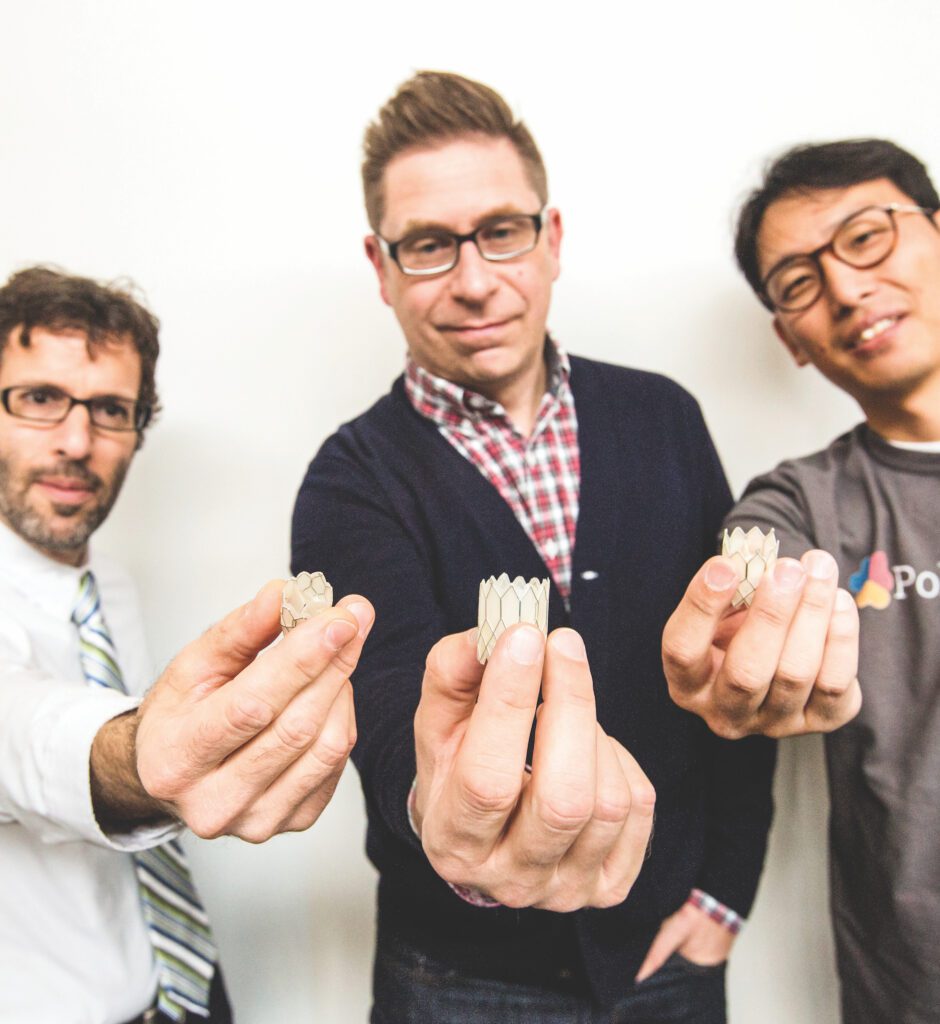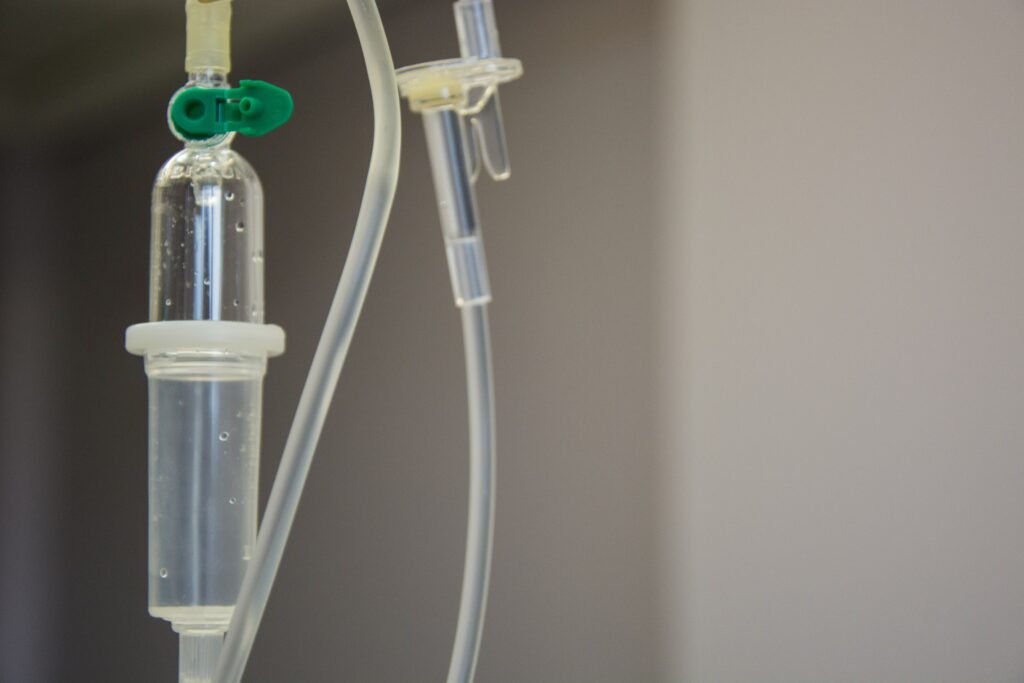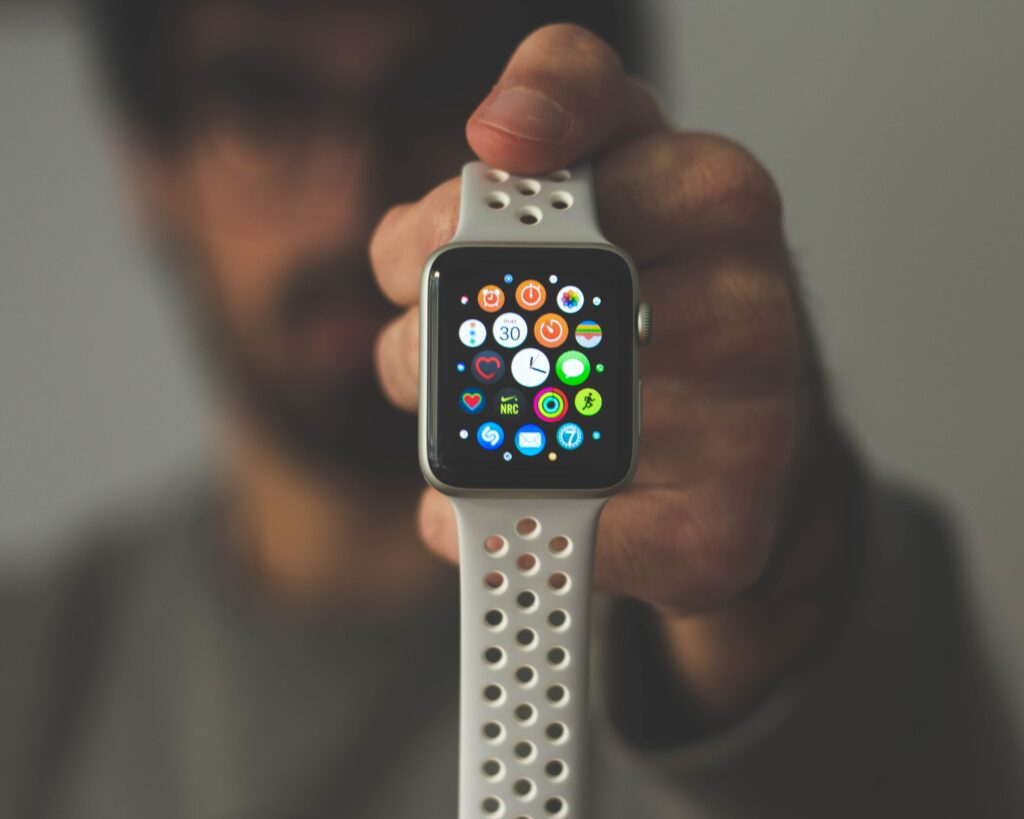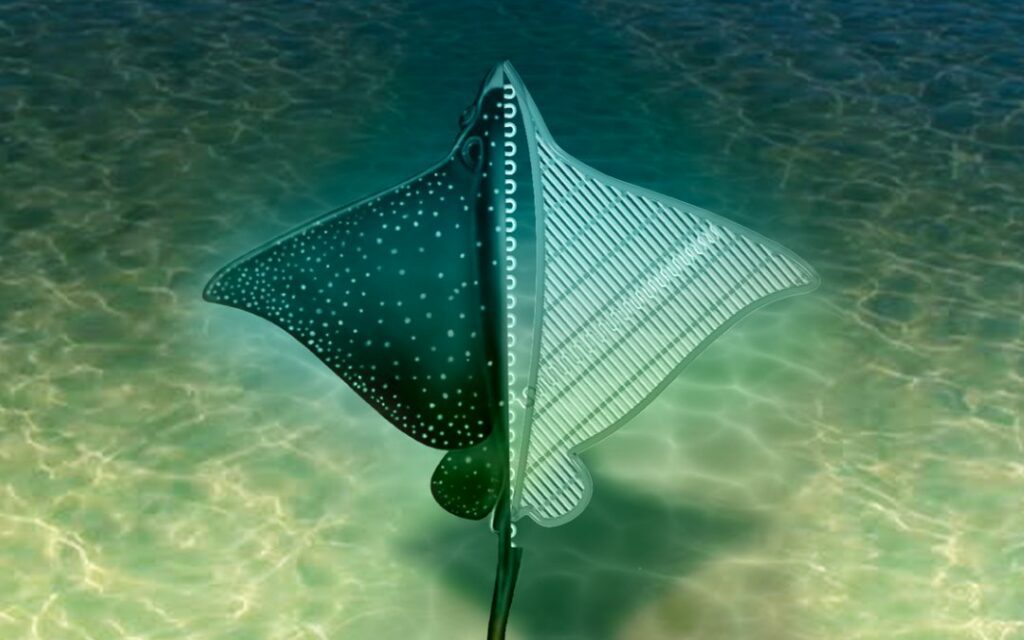Archive for February 2018
Tiny Heart Valves for Tiny Bodies
Congenital heart disease, the most common birth defect, can affect the heart’s walls, valves and arteries. The biggest problems associated with treating congenital heart disease are the limited availability and poor durability of replacement heart valves, said Henri Justino, M.D., director of the Charles E. Mullins Cardiac Catheterization Laboratories at Texas Children’s Hospital. Very few options exist for young children with congenital heart disease, he said.…
Read MoreSmiths Medical Releases Firmware Update for Medical Device Security
Smiths Medical recently released a firmware update to eliminate potential medical device security vulnerabilities that had been discovered by an independent researcher earlier in 2017. The vulnerabilities may have allowed remote attackers to gain unauthorized access, affecting certain infusion pumps’ intended operations, the Department of Homeland Security’s Industrial Control Systems Cyber Emergency Response Team (ICS-CERT) said in a…
Read MoreFDA: Ongoing Efforts to Mitigate Impact of Saline Shortages During this Flu Season
As flu activity remains widespread across the U.S., the FDA continues to monitor this situation closely and in coordination with our colleagues at the U.S. Centers for Disease Control and Prevention. We’re continuing to take steps to help ensure that people with the flu have access to critical medical products, including antivirals, saline and other…
Read MoreWearable Medical Devices Helping Millions
Imagine if the pedometer on your wrist did more than just count steps. Imagine it measured blood sugar, detected heart rate irregularities and logged that data in a digital health record. For decades, health-care data like this was only recorded at the doctor’s office or in a controlled study. Wearable technology has changed that. Armed…
Read MoreUCLA Bioengineering Leads Development of Stingray-Inspired Soft Biobot
UCLA bioengineering professor Ali Khademhosseini has led the development of a tissue-based soft robot that mimics the biomechanics of a stingray. The new technology could lead to advances in bio-inspired robotics, regenerative medicine and medical diagnostics. The study was published in Advanced Materials. The simple body design of stingrays, specifically, a flattened body shape and side fins that start…
Read More




